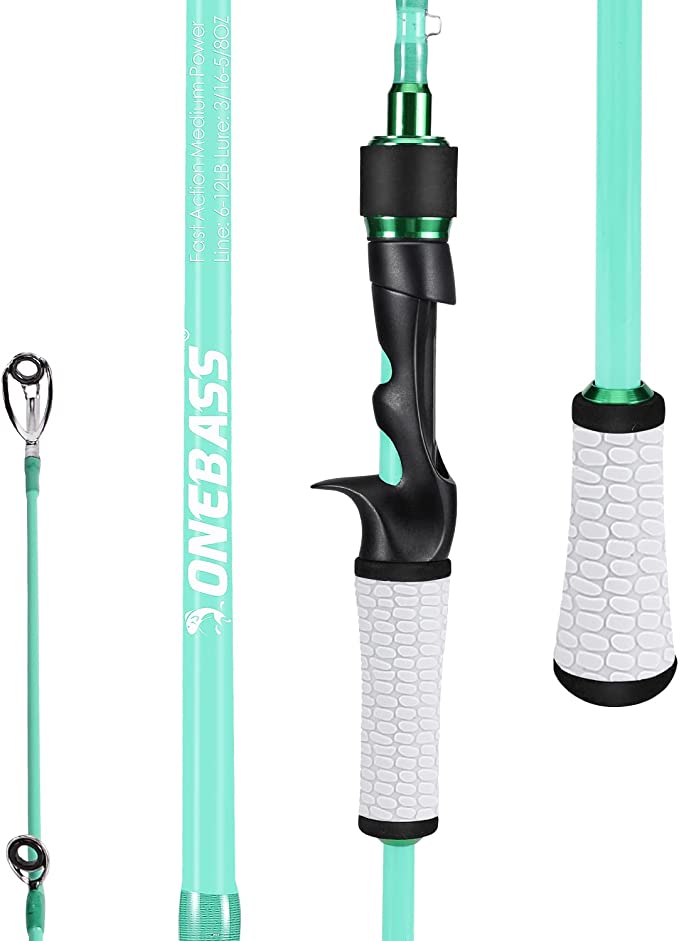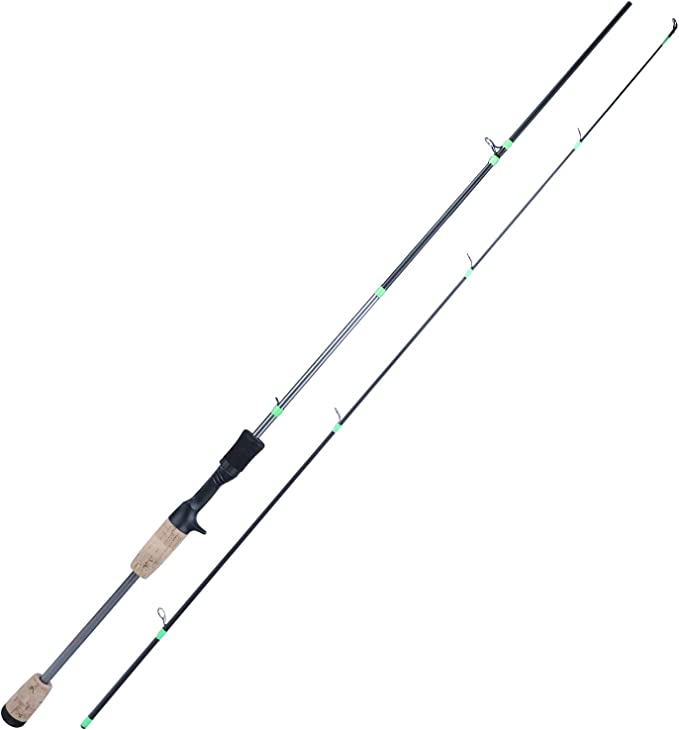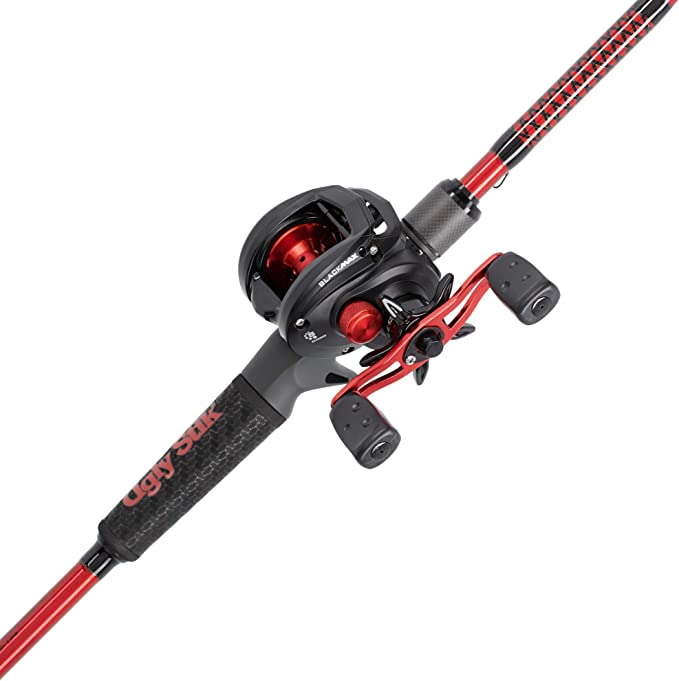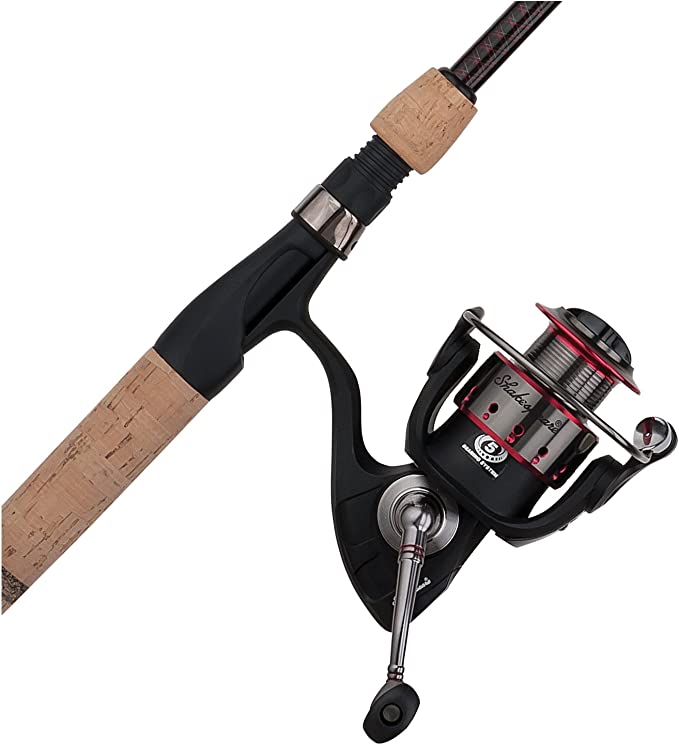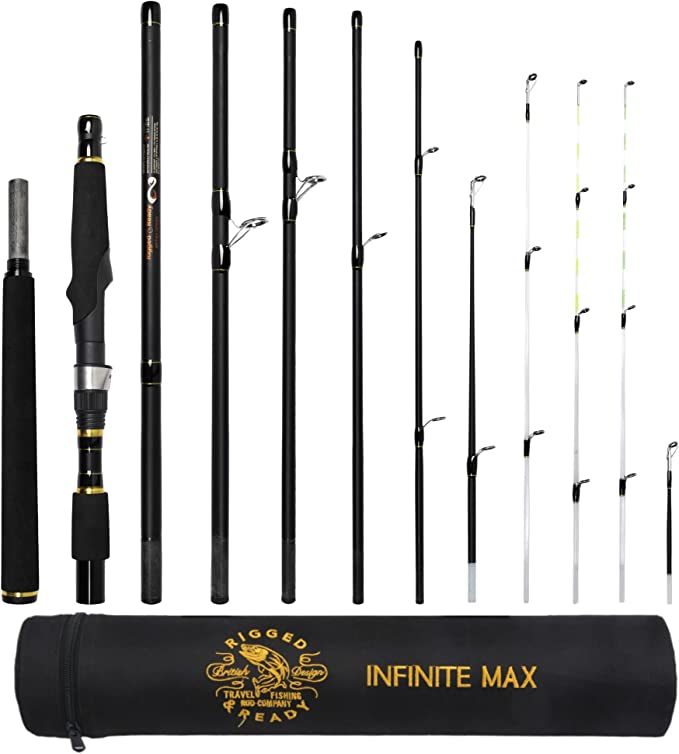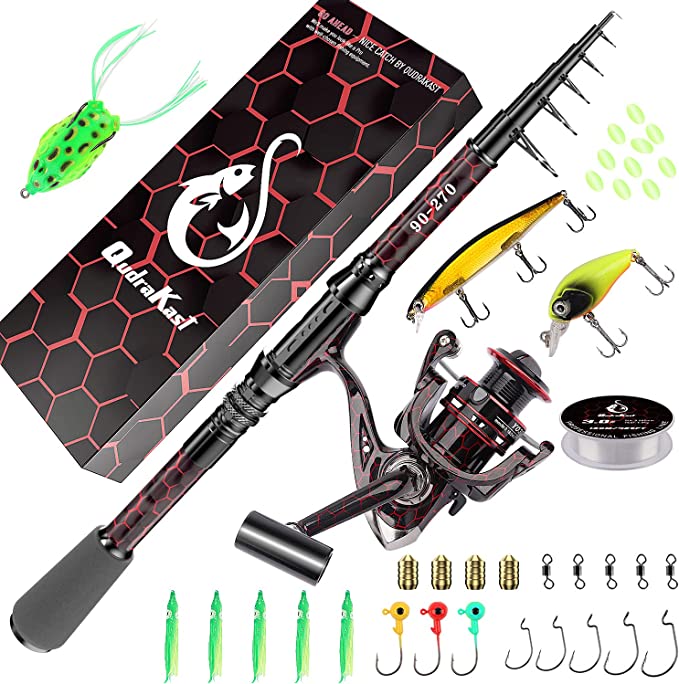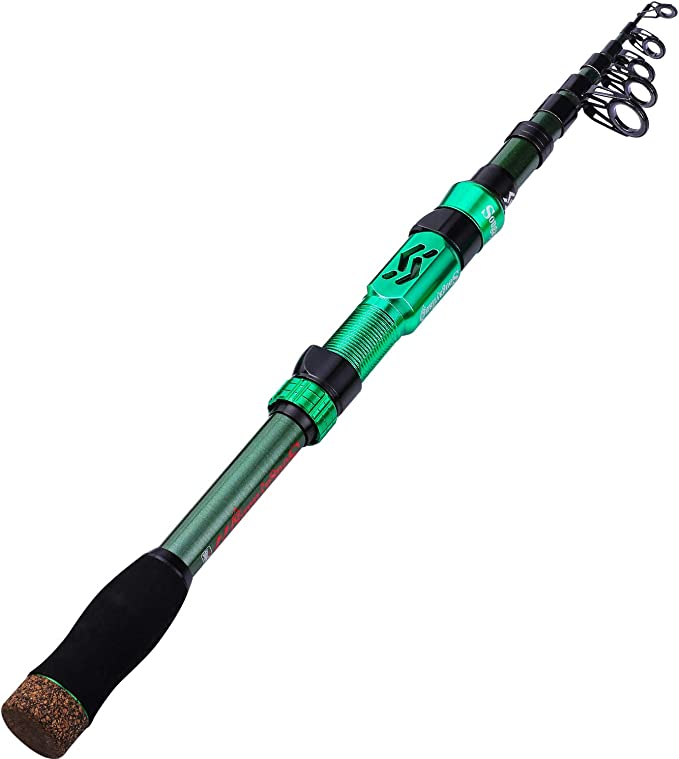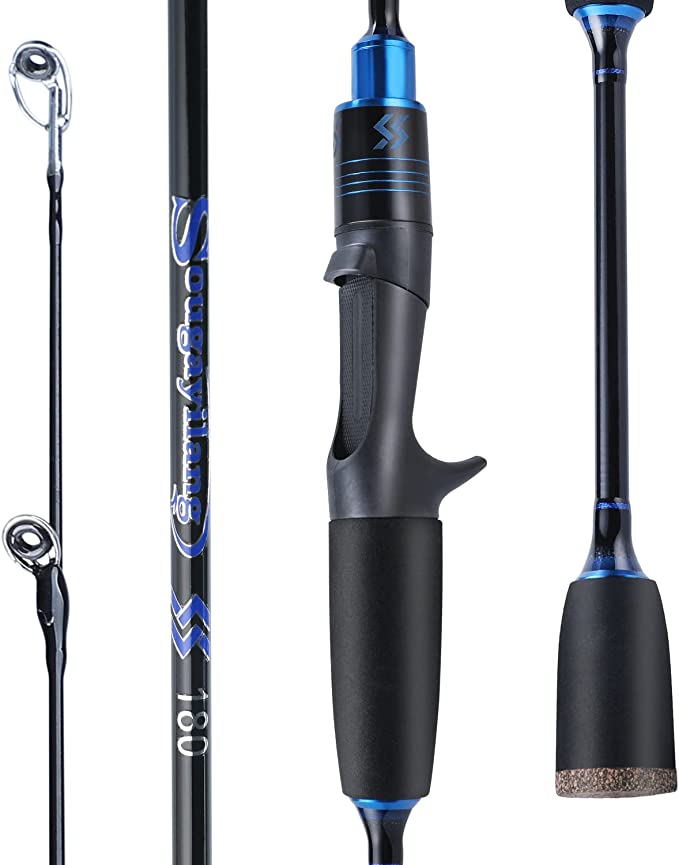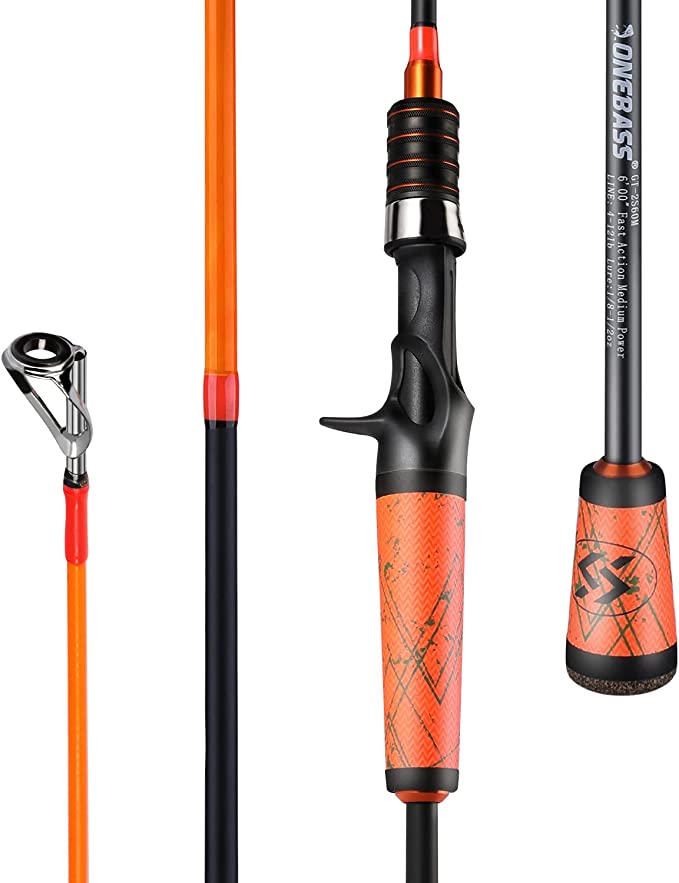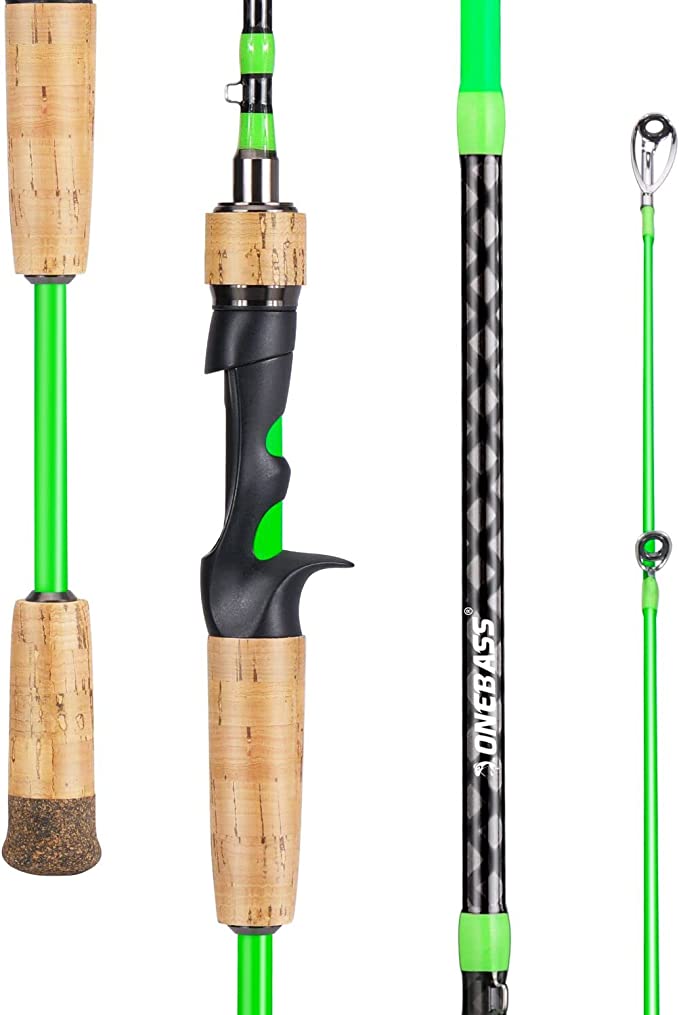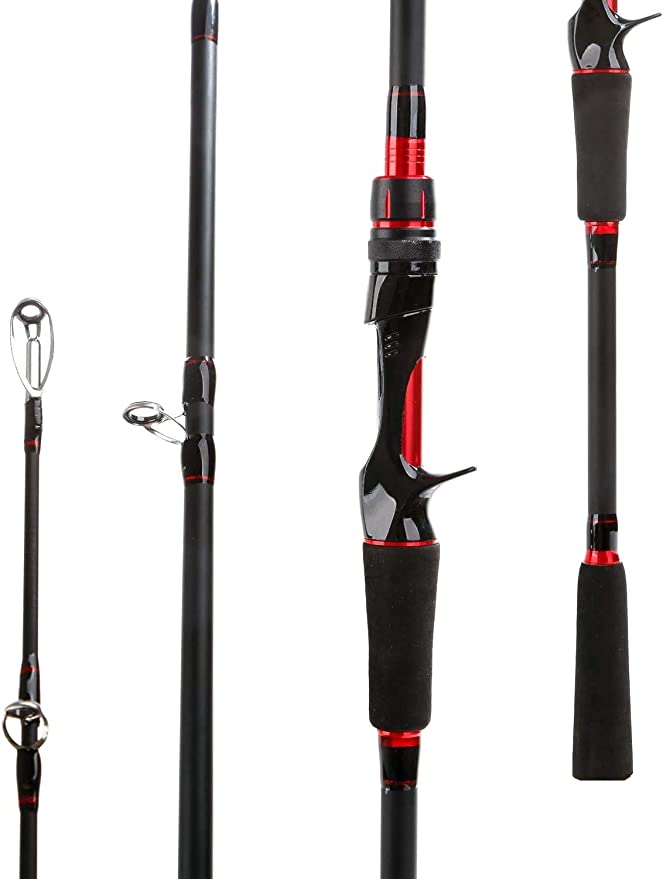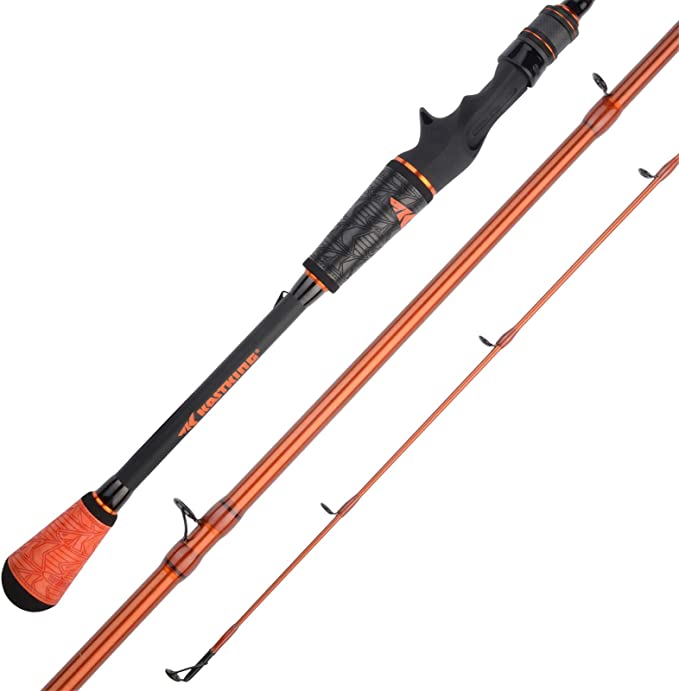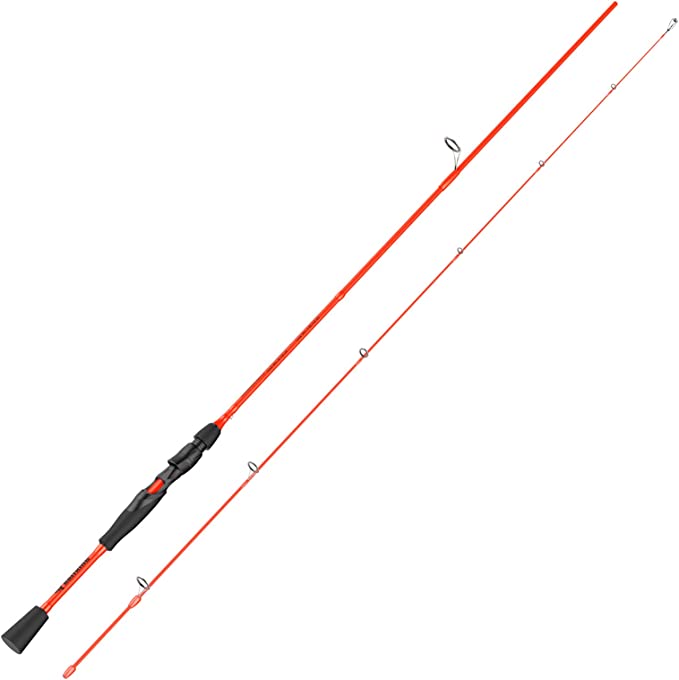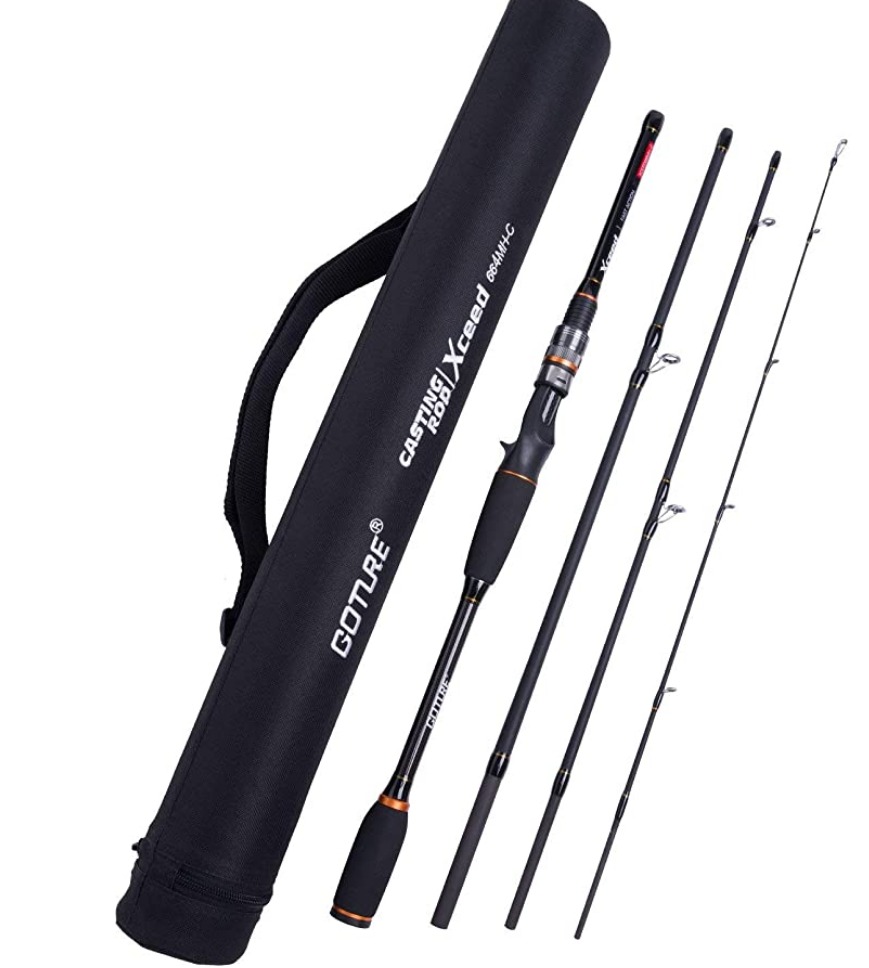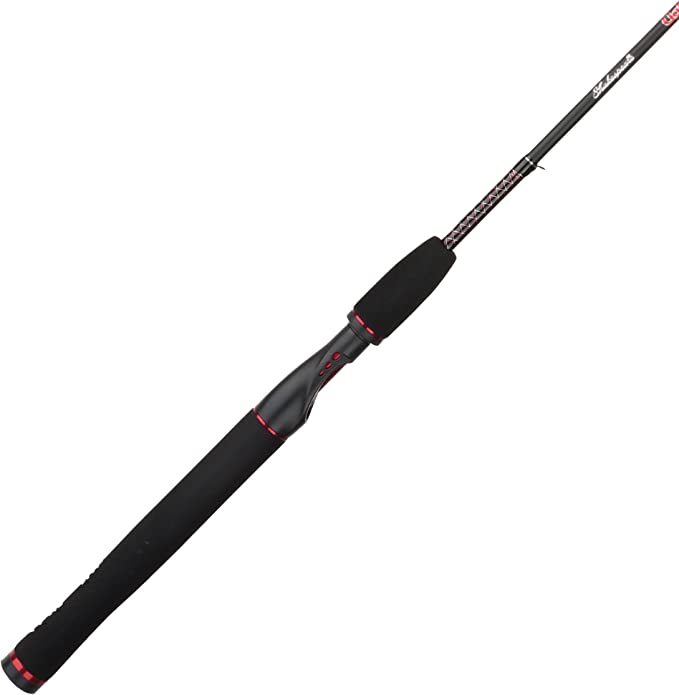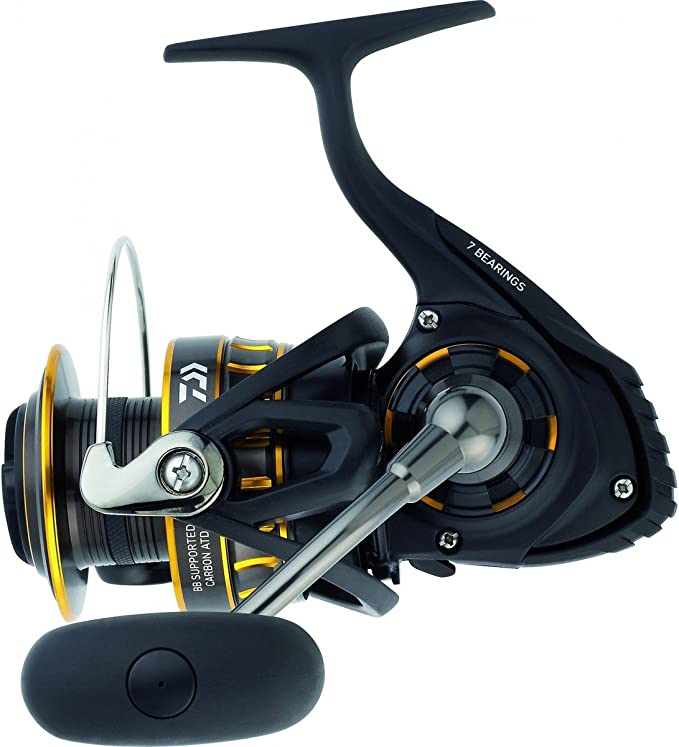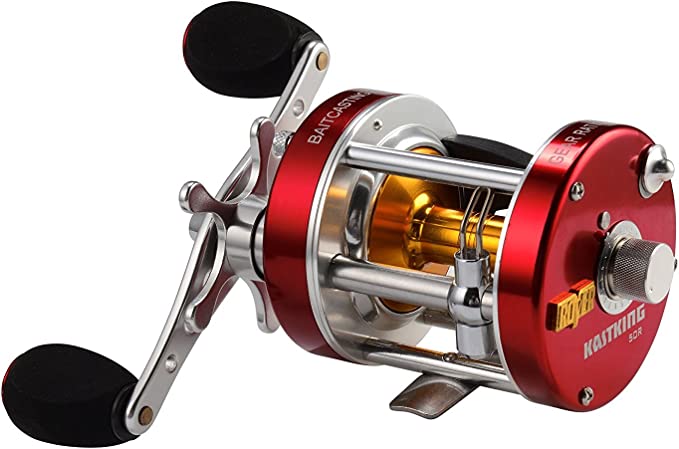The Angler's Edge: Unraveling the Science Behind a Modern Fishing Rod's Sensitivity
Update on Aug. 1, 2025, 1:25 p.m.
There’s a moment that every angler lives for. It’s not the frantic fight or the triumphant photo. It’s a far quieter, more intimate event: the initial contact. It might be an ephemeral tremor telegraphed up the line, the gentle tap-tap of a curious fish, or the subtle weightlessness as a lure is inhaled. This fleeting signal, traveling from the unseen depths to your fingertips in a fraction of a second, is the very essence of fishing. We often call this “feel” or “sensitivity,” but what is it, really? It isn’t magic. It is a symphony of physics and material science, and your fishing rod is the meticulously engineered instrument designed to play it.
To understand this symphony, let’s trace the journey of that single vibration. We’ll use a modern rod, like the One Bass LX180CR, as our specimen for this scientific exploration. By deconstructing its components—from its “IM7 Graphite” blank with “Nano Technology” to its handle—we can uncover the universal principles that define the performance of nearly any rod you can buy today.
The Soul of the Rod: The Material Revolution in the Blank
The heart of any fishing rod is the blank—the tapered tube that forms its structure. The evolution of this single component is a story of humanity’s quest for the perfect balance of lightness, strength, and sensitivity. We’ve come a long way from the simple cane poles of our ancestors, through the durable but heavy fiberglass rods that dominated the mid-20th century. The modern era belongs to graphite.
When a product page mentions “IM7 Graphite” or “30-Ton Carbon Fiber,” it’s providing two clues about the blank’s core nature. “Graphite” is the common term for carbon fiber, a material prized for its incredible stiffness-to-weight ratio. * Modulus (IM7): The “IM” rating, originating from the Hexcel Corporation, refers to the material’s tensile modulus—a measure of its stiffness. IM7 represents a high-quality, intermediate-modulus carbon fiber (around 40 million PSI), offering an excellent blend of crisp sensitivity without being overly brittle, a common trade-off with higher-modulus, more expensive materials. * Tonnage (30-Ton): This is a term more common in the Japanese market, which also quantifies the stiffness and quality of the carbon pre-preg sheets. A 30-ton rating corresponds well with the performance of IM7, indicating a responsive and lightweight blank.
But modern blanks don’t stop there. The mention of “Nano Technology” points to a crucial advancement in the epoxy resin that binds the carbon fibers together. Imagine the carbon fibers as large logs in a stack. The resin is the mortar filling the gaps. In nano-enhanced resins, microscopic particles of silica are mixed in. These particles act like ultra-fine sand in concrete, filling the tiniest voids between the carbon fibers. This prevents the fibers from shifting or buckling under extreme pressure (a phenomenon called micro-buckling), dramatically increasing the blank’s strength and impact resistance without adding noticeable weight. More importantly for sensitivity, this denser, more uniform structure transmits vibrations with higher fidelity.
The Signal’s Journey: The Physics of Guides and Line
Once a vibration travels up the line, it encounters its first major relay point: the guides. These are far more than simple loops to hold the line. They are the rod’s nervous system, responsible for channeling the signal down the blank. The One Bass rod specifies stainless-steel guides with aluminum oxide inserts, a classic and effective combination. The aluminum oxide ceramic is extremely hard (around 9 on the Mohs scale, where diamond is 10) and exceptionally smooth. This minimizes friction, allowing for longer casts and, crucially, preventing heat from building up and damaging your line.
More importantly, each guide acts as a direct point of contact, transferring the line’s vibrations into the blank. And this is where we must address a critical contradiction often found in product listings. The title for this rod mentions “2 Pc” (two-piece), while the specifications state “Number of Pieces: 1”. This discrepancy highlights one of the most fundamental trade-offs in rod design. * A one-piece rod offers an uninterrupted path for vibrations. The signal flows smoothly from the tip to the handle along a continuous carbon fiber tube, providing the purest possible sensitivity. * A two-piece rod, while far more convenient for transport and storage, introduces a joint called a ferrule. No matter how well-engineered, this joint creates a small interruption—a point where the vibration must cross from one section to the next. This transition inevitably causes a tiny amount of energy loss and damping, slightly diminishing the raw sensitivity compared to its one-piece equivalent. For many anglers, the gain in portability is well worth this minor compromise.
The Final Connection: Ergonomics and Perception in the Handle
The vibration has now traveled the length of the blank and reached its final destination: the handle. This is the crucial interface where physics becomes perception. The material and design of the handle determine how clearly that final signal is delivered to your hand. The rod specifies an Ethylene Vinyl Acetate (EVA) handle, a material known for its durability, light weight, and comfort.
Think of the handle as a stethoscope. A physician doesn’t use a soft, fluffy stethoscope, because it would muffle the sound. Similarly, handle materials are a balancing act. * Cork is the traditional choice for high-end rods because it is lightweight and transmits vibrations very well, but it can be expensive and less durable. * EVA foam comes in many densities. High-density EVA, often marketed as a “Super Polymer,” can offer excellent sensitivity that rivals cork, while providing superior grip and resistance to chipping and stains.
Modern handle designs, such as split grips (which reduce weight) and exposed-blank reel seats, are engineered with sensitivity in mind. By allowing your fingers to rest directly on the carbon fiber of the blank as it passes through the reel seat, you are creating a direct-to-nerve connection, bypassing any potential damping from the handle material itself.
The Full Symphony: Power, Action, and Balance
Up to this point, we’ve focused on sensitivity. But a rod must also cast a lure and fight a fish. This is governed by two distinct, and often confused, characteristics: Power and Action. * Power (e.g., Medium, Heavy) refers to the rod’s lifting strength and resistance to bending. It’s determined by the thickness and wall strength of the blank. A “Medium” power rod has enough backbone to handle a good-sized bass but is light enough to cast medium-weight lures effectively. * Action (e.g., Fast, Moderate) describes where the rod bends along its length when pressure is applied. A “Fast” action rod, like the one specified, bends primarily in the top third of its length. This allows for lightning-fast hook sets and greater accuracy. A moderate action rod would bend further down, into its mid-section, which is better for casting crankbaits and absorbing the lunges of a hard-fighting fish.
A Medium Power, Fast Action rod is arguably the most versatile combination available, especially for techniques common in bass fishing. It is the utility player of the fishing world, capable of handling a wide array of lures and situations with competence.
Conclusion: Becoming the Wiser Angler
From the molecular reinforcement of nanotechnology in the blank to the ergonomic design of the handle, a modern fishing rod is a testament to applied science. By understanding the principles of material modulus, vibration transmission, friction, and leverage, we transform from passive consumers into informed anglers.
The goal is not to memorize specifications, but to grasp the “why” behind them. The next time you pick up a fishing rod, don’t just feel its weight. Feel its balance. Flex its tip and observe its action. Run your fingers over the exposed blank in the reel seat. You are no longer just holding a tool; you are holding a finely tuned instrument. And with this knowledge, you are better equipped to choose the perfect one to play your own fishing symphony.

